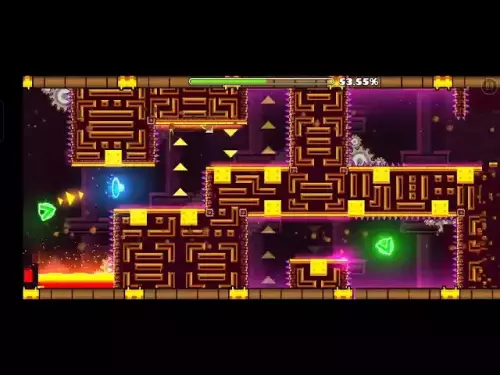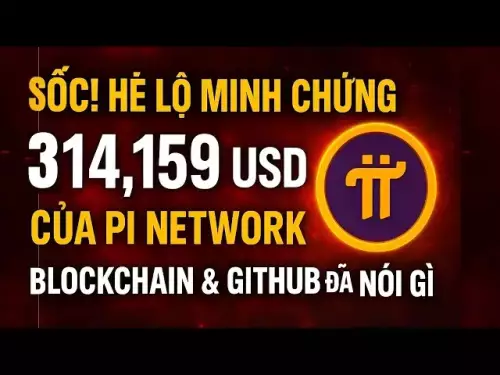-
 bitcoin
bitcoin $109547.008142 USD
0.04% -
 ethereum
ethereum $4011.838726 USD
-0.05% -
 tether
tether $1.000402 USD
-0.01% -
 xrp
xrp $2.798606 USD
0.88% -
 bnb
bnb $970.877944 USD
1.39% -
 solana
solana $202.237275 USD
-0.95% -
 usd-coin
usd-coin $0.999673 USD
0.00% -
 dogecoin
dogecoin $0.229294 USD
-1.15% -
 tron
tron $0.336370 USD
-0.45% -
 cardano
cardano $0.777260 USD
-1.66% -
 hyperliquid
hyperliquid $45.503019 USD
1.73% -
 ethena-usde
ethena-usde $1.000362 USD
0.01% -
 chainlink
chainlink $20.785303 USD
-1.10% -
 avalanche
avalanche $28.755822 USD
-0.11% -
 stellar
stellar $0.358303 USD
-0.48%
How can I evaluate the team background of an NFT project?
A credible NFT project team should have verified identities, relevant experience, transparent communication, and a secure, audited smart contract to ensure trust and long-term success.
Aug 11, 2025 at 12:29 am
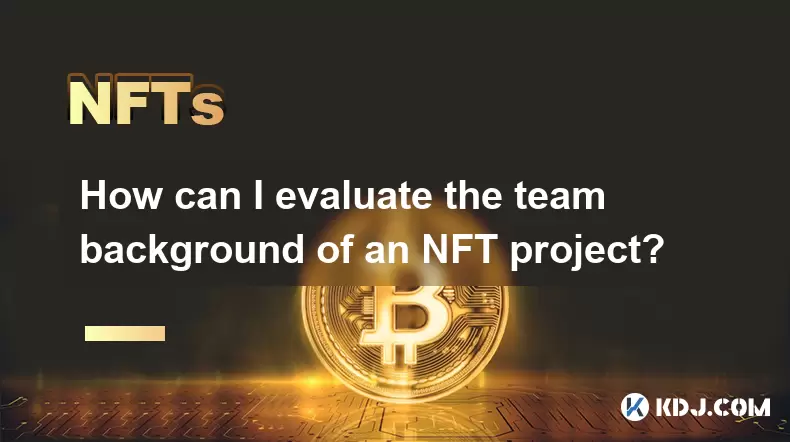
Understanding the Importance of Team Background in NFT Projects
When investing in or participating in an NFT project, one of the most critical factors to assess is the team behind the project. Unlike traditional assets, NFTs often rely heavily on community trust, long-term development, and sustained innovation—all of which are driven by the project's team. A credible and experienced team increases the likelihood of successful execution, transparent communication, and ongoing support. Evaluating the team background helps identify whether the individuals involved have the technical expertise, creative vision, and track record necessary to deliver on their promises. This assessment can prevent involvement in scams or poorly managed ventures.
Verifying Team Members’ Identities and Public Presence
One of the first steps in evaluating an NFT project’s team is confirming the authenticity of the team members. Start by checking if the team is doxxed—meaning they have publicly revealed their real identities. Projects with anonymous teams are not automatically untrustworthy, but transparency significantly reduces risk. Look for team members’ LinkedIn profiles, personal websites, or interviews. Cross-reference their names with social media platforms like Twitter (X), Instagram, or Discord to see if they actively engage with the community. A genuine team will maintain a consistent online presence and respond to user inquiries. If all team members are listed under pseudonyms with no verifiable background, this should raise a red flag.
Analyzing Professional Experience and Past Projects
Once identities are verified, the next step is to assess the professional qualifications and past work of each team member. Examine their involvement in previous blockchain, art, or tech-related ventures. For example:
- Check if developers have contributed to open-source repositories on GitHub.
- Look for prior NFT collections they may have launched or contributed to.
- Review whether artists have a portfolio of digital artwork on platforms like ArtStation or Behance.
- Investigate if the project’s advisors have held roles in reputable crypto companies or startups.
A team with a history of delivering projects on time and maintaining community trust is more likely to succeed. Pay attention to the specific roles each member plays—such as smart contract development, community management, or artistic design—and ensure their experience aligns with their responsibilities.
Reviewing the Project’s Smart Contract and Technical Execution
The technical foundation of an NFT project is often a direct reflection of the team’s competence. Even if the team appears credible, their ability to execute must be validated through the smart contract code. Here’s how to perform a basic technical evaluation:
- Locate the project’s contract address on block explorers like Etherscan or PolygonScan.
- Check if the contract has been verified and published on the explorer.
- Look for third-party audits from firms like CertiK, Hacken, or OpenZeppelin.
- Review the contract for red flags such as owner mint functions, unlimited mint capabilities, or hidden backdoors.
If the team has not released the contract or refuses to provide audit details, this indicates a lack of transparency. A technically sound project demonstrates the team’s commitment to security and professionalism.
Assessing Community Engagement and Communication Quality
A strong team actively communicates with its community and fosters trust through transparency. Evaluate how the team interacts on platforms such as Discord, Telegram, and Twitter. Look for:
- Regular development updates and roadmap progress reports.
- Prompt responses to user questions and concerns.
- Educational content or AMAs (Ask Me Anything sessions) hosted by team members.
- Evidence of moderated discussions and professional community management.
Teams that ignore feedback or provide vague answers may lack the dedication required for long-term success. Conversely, consistent, informative, and respectful communication reflects a mature and responsible team.
Checking for Partnerships and Ecosystem Integration
Reputable NFT teams often form strategic partnerships with other projects, artists, or blockchain platforms. These collaborations can enhance credibility and expand utility. Investigate whether the project has:
- Announced collaborations with known artists or brands.
- Integrations with decentralized marketplaces like OpenSea or LooksRare.
- Support from influencers or crypto thought leaders who have verified the team’s legitimacy.
- Involvement in larger ecosystems, such as being part of a DAO or a metaverse platform.
Partnerships should be documented with official announcements, press releases, or joint NFT drops. Be cautious of fake or exaggerated claims—always verify partnership details through the partner’s official channels.
Frequently Asked Questions
What if the NFT project team is anonymous?An anonymous team isn’t automatically a scam, but it increases risk. Evaluate their work quality, code transparency, and community trust. If the smart contract is audited, the roadmap is realistic, and the community is active, anonymity may be acceptable—especially in privacy-focused projects. However, anonymous teams are harder to hold accountable.
How can I verify if a team member’s LinkedIn profile is legitimate?Check for consistent details such as employment history, education, and endorsements. Look for posts or articles they’ve shared related to blockchain or NFTs. Cross-reference their name with media appearances or podcast interviews. A genuine profile will have activity over time, not just a single update created recently.
What should I do if a team refuses to share their contract address?This is a major red flag. A legitimate NFT project should provide the contract address before or immediately after launch. Without it, you cannot verify ownership, check for scams, or confirm minting details. Avoid funding or minting from such projects.
Can a team with no prior NFT experience still be trustworthy?Yes, but extra caution is needed. Look for transferable skills—such as game development, digital art, or software engineering—that align with the project’s goals. Check if they’ve hired experienced advisors or developers. A clear, detailed roadmap and willingness to engage with experts can compensate for lack of direct NFT experience.
Disclaimer:info@kdj.com
The information provided is not trading advice. kdj.com does not assume any responsibility for any investments made based on the information provided in this article. Cryptocurrencies are highly volatile and it is highly recommended that you invest with caution after thorough research!
If you believe that the content used on this website infringes your copyright, please contact us immediately (info@kdj.com) and we will delete it promptly.
- XRP, Bitcoin Price Predictions: Decoding the Crypto Crossroads
- 2025-09-28 08:25:12
- ChatGPT, Crypto, and Crystal Balls: Predictions for a Wild 2025
- 2025-09-28 08:45:12
- Crypto Clash: Can Kaspa and Pi Coin Compete in a Remittix World?
- 2025-09-28 08:45:12
- Riding the Floki Wave: Gauging Gains with Social Engagement and Bottom Signals
- 2025-09-28 08:25:12
- Bitcoin's $109,000 Support: Will It Hold or Fold?
- 2025-09-28 09:05:14
- Crypto 2025: MoonBull Charges Ahead, Leaving Pepe and Mog in the Dust
- 2025-09-28 08:50:12
Related knowledge
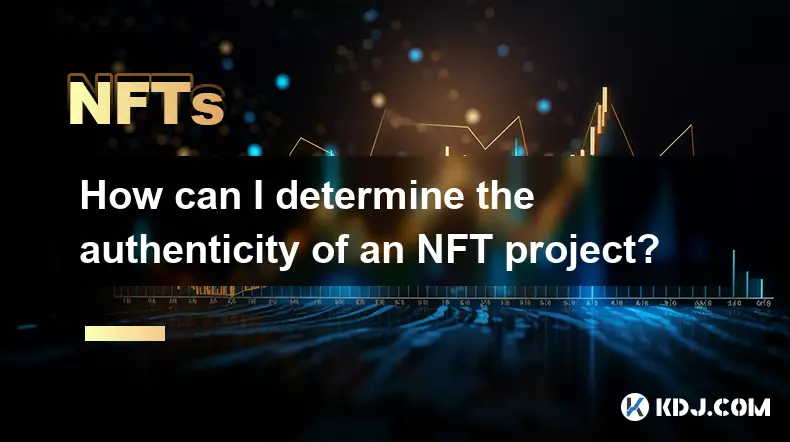
How can I determine the authenticity of an NFT project?
Sep 23,2025 at 05:18pm
Understanding the Project Team and Their Background1. Research the identities of the team members behind the NFT project. Verified social media profil...
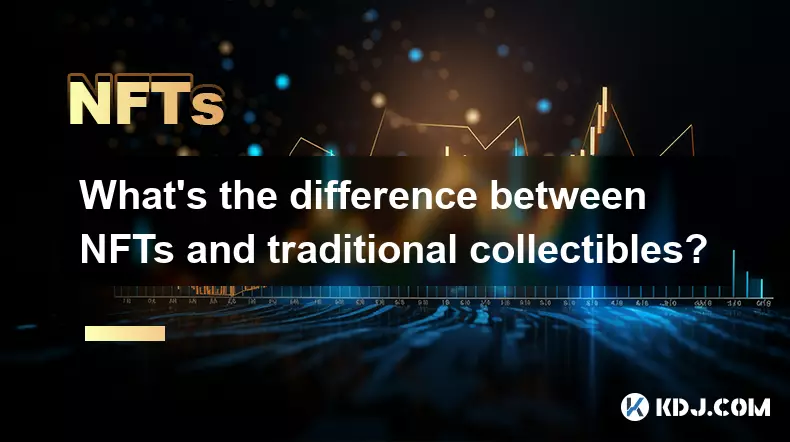
What's the difference between NFTs and traditional collectibles?
Sep 19,2025 at 12:55pm
Digital Ownership and Provenance1. NFTs are built on blockchain technology, which ensures transparent and immutable records of ownership. Every transa...
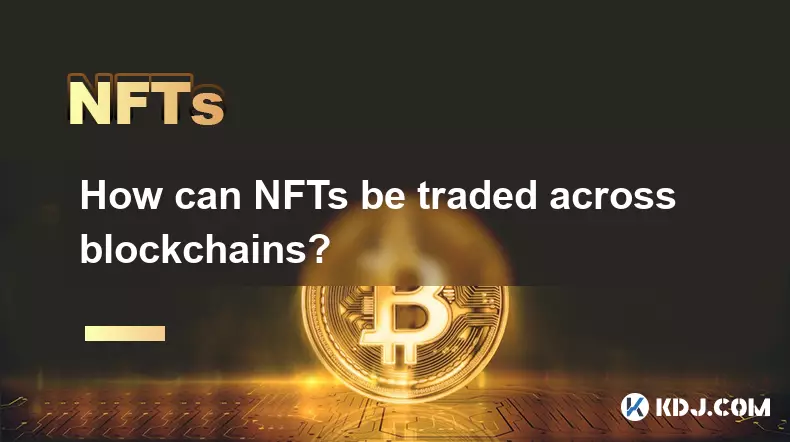
How can NFTs be traded across blockchains?
Sep 19,2025 at 12:00pm
Understanding Cross-Chain NFT Trading1. Non-fungible tokens (NFTs) are digital assets that represent ownership of unique items on a blockchain. Origin...
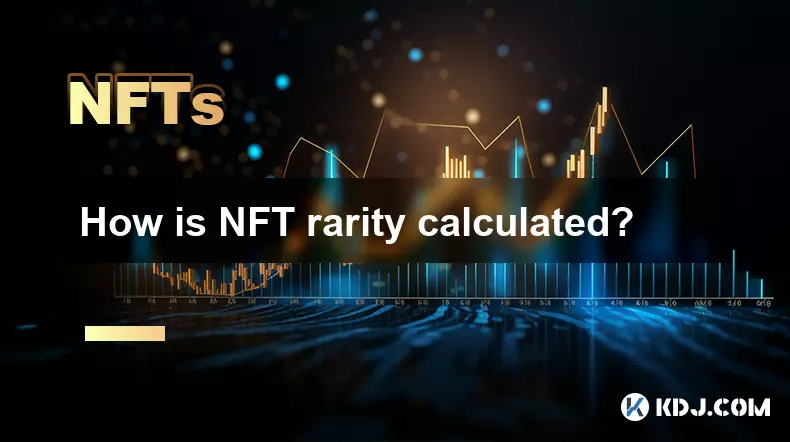
How is NFT rarity calculated?
Sep 18,2025 at 07:54pm
Understanding NFT Rarity Metrics1. NFT rarity is determined by analyzing the uniqueness of individual traits within a collection. Each NFT typically c...
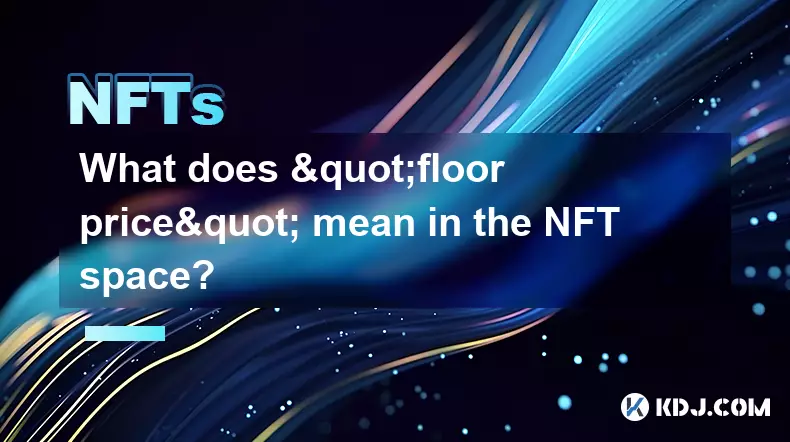
What does "floor price" mean in the NFT space?
Sep 22,2025 at 06:36am
Floor Price: A Core Metric in the NFT Marketplace1. The term floor price refers to the lowest current asking price for any item within a specific NFT ...

How do NFTs help content creators?
Sep 18,2025 at 08:00am
NFTs Empower Creators with Ownership and Monetization1. NFTs provide content creators with verifiable ownership of their digital works, ensuring authe...

How can I determine the authenticity of an NFT project?
Sep 23,2025 at 05:18pm
Understanding the Project Team and Their Background1. Research the identities of the team members behind the NFT project. Verified social media profil...

What's the difference between NFTs and traditional collectibles?
Sep 19,2025 at 12:55pm
Digital Ownership and Provenance1. NFTs are built on blockchain technology, which ensures transparent and immutable records of ownership. Every transa...

How can NFTs be traded across blockchains?
Sep 19,2025 at 12:00pm
Understanding Cross-Chain NFT Trading1. Non-fungible tokens (NFTs) are digital assets that represent ownership of unique items on a blockchain. Origin...

How is NFT rarity calculated?
Sep 18,2025 at 07:54pm
Understanding NFT Rarity Metrics1. NFT rarity is determined by analyzing the uniqueness of individual traits within a collection. Each NFT typically c...

What does "floor price" mean in the NFT space?
Sep 22,2025 at 06:36am
Floor Price: A Core Metric in the NFT Marketplace1. The term floor price refers to the lowest current asking price for any item within a specific NFT ...

How do NFTs help content creators?
Sep 18,2025 at 08:00am
NFTs Empower Creators with Ownership and Monetization1. NFTs provide content creators with verifiable ownership of their digital works, ensuring authe...
See all articles























